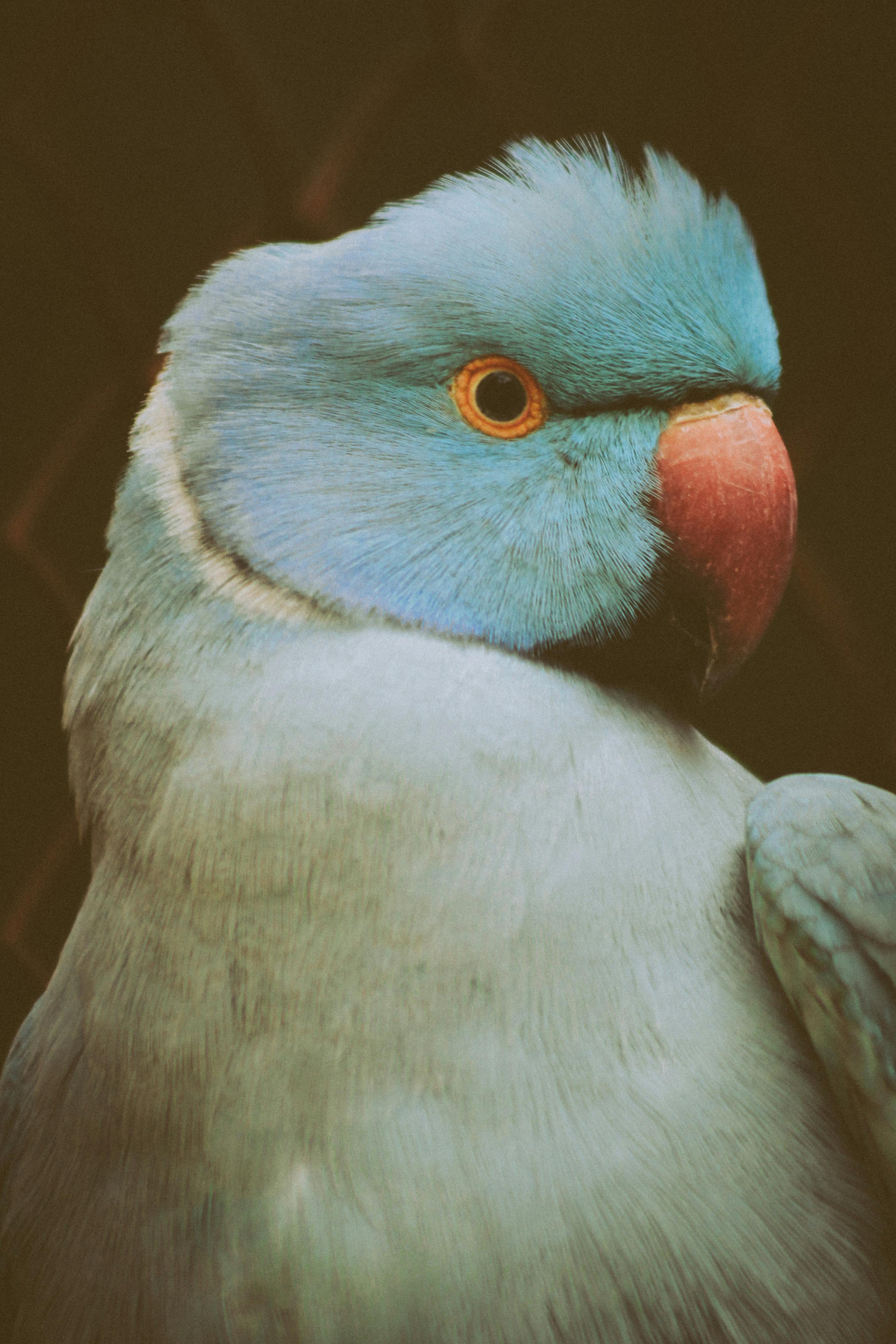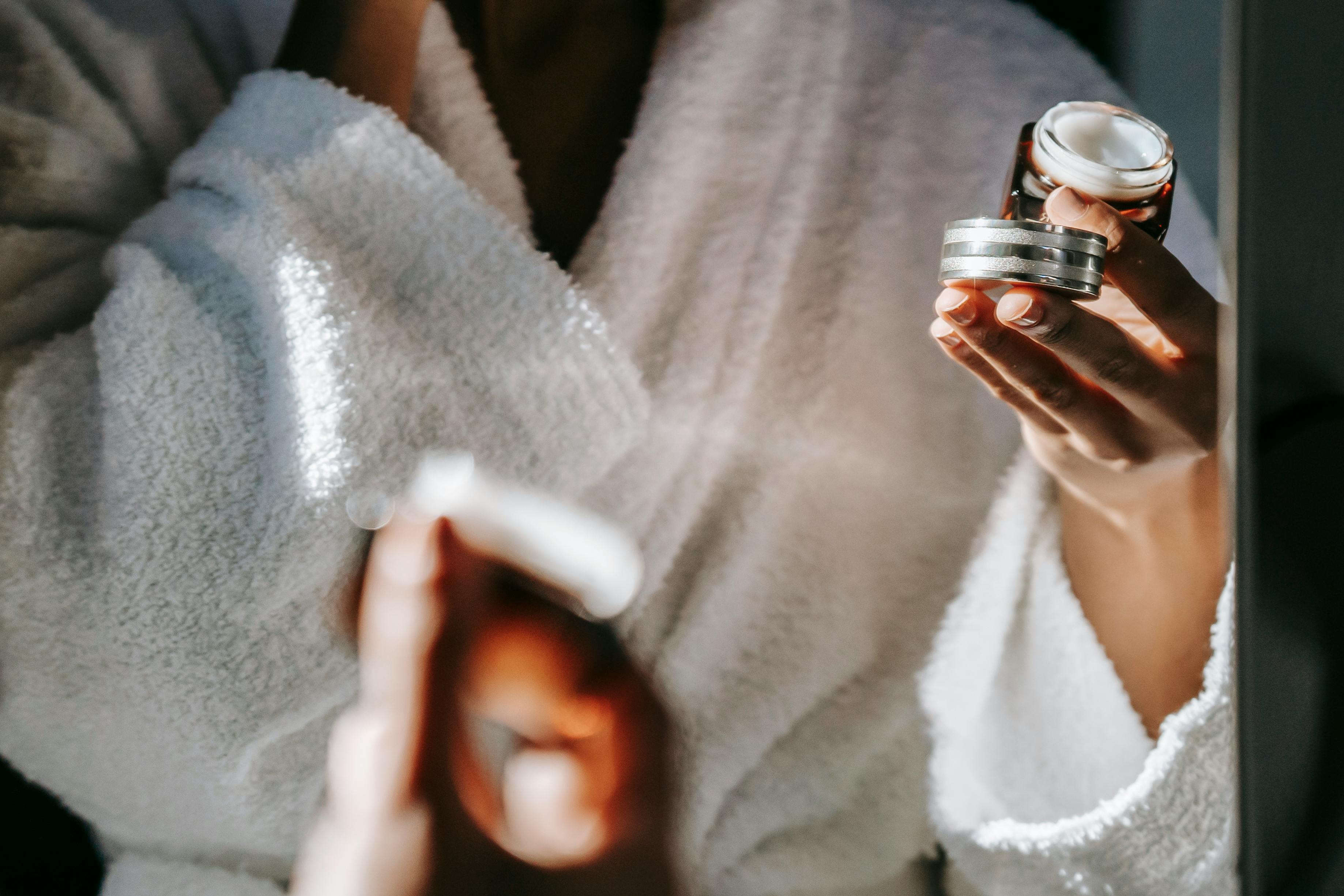
Best 5 Driftwood Options for Your Aquarium in 2025
Driftwood has become an essential element in aquarium design, providing not just aesthetic appeal but also functional benefits for aquatic life. In 2025, choosing the right driftwood can enhance the visual dynamics of your fish tank, while also offering hiding places and territorial markers for your fish. It's crucial to understand the various options available, how to prepare them for tank use, and the benefits they bring to your aquatic environment. This article will explore the top five driftwood options available this year, ensuring your aquarium not only looks stunning but also remains a healthy habitat for your aquatic pets.
The benefits of using driftwood in your aquarium include improved water filtration, a natural habitat for fish and invertebrates, and increased aesthetic appeal. Selecting the best driftwood types for your aquarium involves understanding the specific needs of your fish species and considering placement, preparation, and care of the wood you choose.
Key takeaways from this article will include the top driftwood options for your aquarium, their preparation methods, care tips, and where to purchase them. Let’s dive in!
Understanding Driftwood Aquarium Types
When selecting driftwood for your aquarium, several types stand out due to their unique features and benefits. The choice of driftwood can affect the habitat for your aquarium species and their overall health. Here are some driftwood types you might consider:
1. Malaysian Driftwood
Malaysian driftwood is a favorite among aquarists due to its dense structure and unique, twisted shapes. It's particularly effective for aquascaping and as a base for aquarium plants. The heavy nature of this wood means it will sink readily in your aquarium. Additionally, it provides essential hiding spots for shy fish species like Betta fish.
When using Malaysian driftwood, remember to soak it before adding it to your tank to ensure it suits the specific gravity needs of the water. Over time, it may leach tannins that can slightly acidify the water, which is perfect for certain soft-water fish species.
2. Mopani Wood
Mopani wood, with its striking colors and dense characteristics, offers a dual structure: a heavy side for stability and a lighter side that is usually more porous. This type of driftwood provides excellent surfaces for beneficial bacteria to colonize, aiding in natural filtration systems within the tank.
Its unique coloration can enhance the aesthetics of your aquarium setup. However, similar to Malaysian wood, Mopani can also leach tannins into the water, which can affect water quality if not managed properly. Regular monitoring of water chemistry will help maintain balance.
3. Newfoundland Driftwood
This exotic driftwood option is known for its dramatic shapes and organic textures. Newfoundland driftwood is great for creating a natural habitat feel, complementing aquatic plants and various fish species well. It is typically lighter, making it easier to position within the aquarium.
This type of driftwood provides excellent aesthetic appeal while also serving practical purposes, including creating shaded areas that help reduce stress in your aquatic life.
4. Anubias Driftwood
For those looking for a combined option, Anubias driftwood is ideal because it comes attached to plants. These hardy aquatic plants thrive well on driftwood, making it easier for aquarium enthusiasts to create an attractive aquascape with minimal effort.
Using Anubias helps increase biodiversity in your aquarium while also supporting the ecosystem's health. Pairing driftwood with aquatic plants like Anubias also reduces algae growth, creating a cleaner and more balanced aquarium environment.
5. Driftwood for Shrimp Tanks
When it comes to shrimp tanks, selecting the right driftwood is vital. Brazilian driftwood offers perfect hiding spots for shrimp, promoting their natural behavior. It also helps provide a surface area for beneficial biofilm to grow, which is an excellent food source for shrimp.
Ensure that the driftwood used is shrimp-safe; look for untreated options to prevent any unwanted chemical leaching. This consideration is key to maintaining a safe and healthy environment for your shrimp to thrive.
How to Prepare Driftwood for Aquarium Use
Preparing driftwood for your aquarium is essential to ensure it is safe and suitable for your aquatic environment. Here’s a step-by-step guide on how to prepare driftwood effectively:
1. Cleaning the Driftwood
Before introducing driftwood to your aquarium, it’s crucial to clean it thoroughly. Use a brush to scrub off any dirt or debris. Soaking the wood in water for 24-48 hours helps eliminate unwanted bacteria or parasites, ensuring the safety of your aquatic life.
During cleaning, avoid using soap or chemicals, as residues can harm fish. Ensure that the driftwood is free from harmful substances or external contaminants.
2. Soaking to Achieve Optimal Buoyancy
Soaking driftwood is critical for achieving the right weight and ensuring it sinks. Place the driftwood in a tub or large container filled with water. Soaking it can take several days or even weeks, depending on the wood type. This process also helps leach tannins, which can initially color the water slightly.
3. Boiling as a Preparation Method
If you want to ensure maximum cleanliness and eliminate any potential pathogens, boiling driftwood is a highly effective method. This technique not only sanitizes the wood but also helps to soften the fibers, allowing for easier manipulation if needed.
Once boiled, allow the wood to cool before placing it into your aquarium.
Benefits of Driftwood in Aquariums
Integrating driftwood into your aquarium enhances the overall health of your aquatic community in numerous ways. Here are key benefits to consider:
1. Improvement of Water Quality
Driftwood plays a significant role in natural filtration processes, helping to improve water clarity and quality. The natural tannins released by driftwood can moderate pH levels, creating a more suitable environment for particular fish species.
By promoting beneficial bacterial growth, driftwood aids in maintaining water chemistry that supports plant and fish health alike.
2. Natural Habitats for Fish
Driftwood provides essential hiding spots and territories in an aquarium. Many fish, especially cichlids and shrimp, benefit from the security that driftwood structures provide. This alleviates stress and promotes healthier behavior among fish.
Creating vertical spaces with driftwood can also mimic natural swimming patterns, greatly enriching the fish's habitat.
3. Enhanced Aesthetic Appeal
In terms of aesthetics, driftwood contributes to a more natural and visually appealing aquarium setup. The unique shapes and textures of driftwood can serve as a stunning focal point, making your aquarium an eye-catching centerpiece in any room.
Combining driftwood with aquatic plants creates diverse sights and enhances viewing pleasure for observers.
Driftwood Care and Maintenance in Aquariums
Proper care and maintenance of driftwood are crucial to maximize its benefits and longevity in your aquarium. Here are some essential maintenance tips:
1. Regular Inspection of Driftwood
Conduct routine inspections of your driftwood for signs of rot or degradation. Ensure there are no excessive fungal growths or mineral deposits forming. In case you notice any damage, consider removing the driftwood to maintain a healthy environment.
2. Water Quality Monitoring
As driftwood can leach tannins, it’s vital to monitor water parameters, including pH levels. Regularly testing water quality will help keep your environment stable. If necessary, use activated carbon to help remove any excess tannins.
3. Periodic Cleaning
Although driftwood is generally low maintenance, periodic cleaning is necessary. Over time, algae may grow on the surface or around the base of the driftwood. Gently scrub the affected areas with a soft brush during water changes to keep it clean. Regular cleaning helps to prevent any major build-up and keeps the aesthetic of your tank intact.
Where to Buy Driftwood for Aquarium Use
Sourcing high-quality driftwood is essential for enhancing your aquarium. Here are some reliable sources to consider:
1. Local Aquarium Stores
Your first stop should be your local aquarium supply store. They often carry a variety of driftwood options that are safe and treated for aquarium use. Staff can help you select the best types for your specific needs.
2. Online Retailers
Many online retailers offer a wide selection of driftwood and can provide detailed descriptions to help you choose. Websites dedicated to aquascaping supplies frequently have quality driftwood sourced from sustainable practices. Look for reputable brands that offer clear information about their products.
3. Local Fish Clubs and Community Groups
Connecting with local fish clubs or online aquarium communities may lead to finding high-quality, locally sourced driftwood. Enthusiasts often share their resources, and you may come across unique options that aren’t available in stores.


Conclusion
Choosing the best driftwood for your aquarium in 2025 can provide countless benefits, from enhancing your tank's aesthetic appeal to creating a healthy habitat for your aquatic friends. Understanding the different types of driftwood, how to prepare and maintain them, and where to source them will ensure your aquarium flourishes.
With proper care, driftwood can transform a simple tank setup into a dynamic and thriving aquatic environment. Whether you prefer the natural look of Malaysian driftwood or the unique aesthetics of Newfoundland driftwood, each option offers a unique advantage, making it an essential component in modern aquarium design.